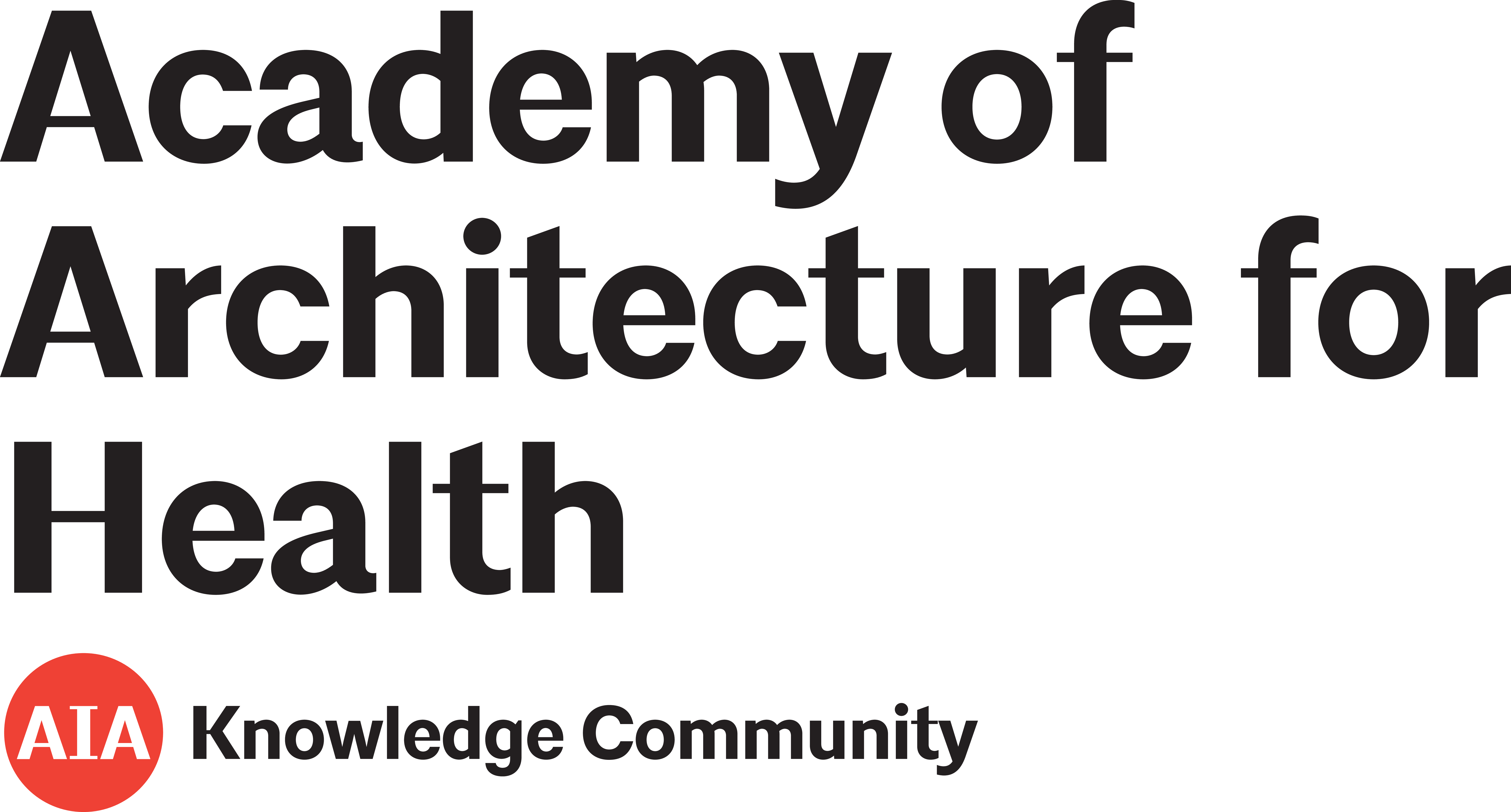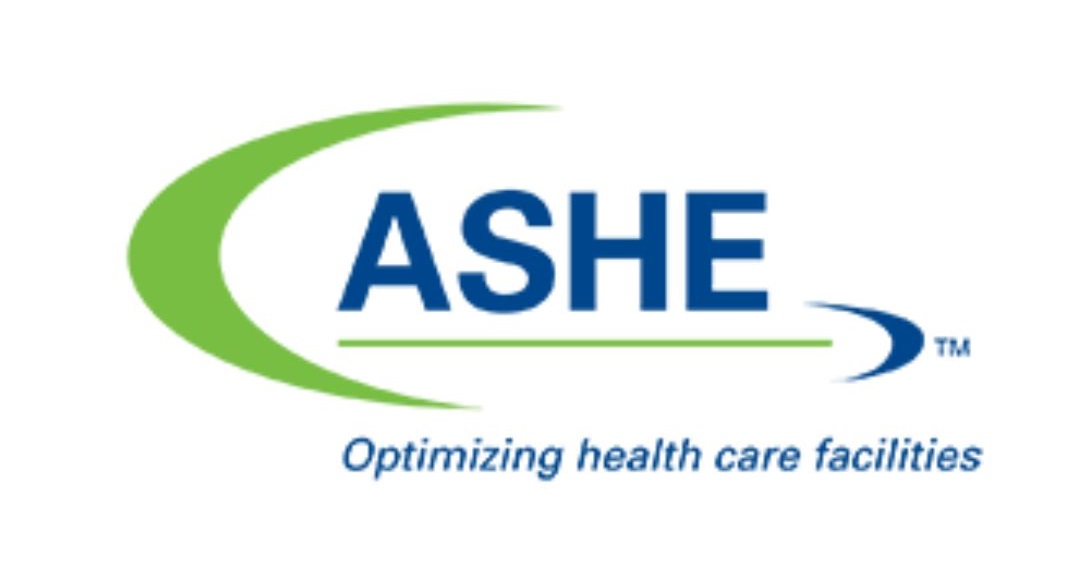Performance Obstacles of Intensive Care Nurses
2007
Nursing Research
Journal Article
Issue 3
Volume 56
Pages 185-194
Author(s): Gurses, A. P., Carayon, P.
There is little research about how the work environment of intensive care nurses impacts nursing outcomes and patient safety. Yet performance obstacles hinder intensive care nurses’ ability to perform their jobs.
Added January 2014
The development and piloting of electronic standardized measures on nursing work: combining engineering and nursing knowledge
2013
Journal of Nursing Management
Journal Article
Issue 4
Volume 21
Pages 679-689
Author(s): Bradadottir, H., Gunnarsdottir, S., Ingason, H.
As healthcare resources decline and the demand for nurses increases, it is even more important than ever to understand nursing work to make sure it is done efficiently and safely. Finding no existing computerized measures, the authors developed measures and a computer program for this study.
Added January 2014
Impact of Medication Storage Cabinets on Efficient Delivery of Medication and Employee Frustration
2010
Journal of Nursing Care Quality
Journal Article
Issue 4
Volume 25
Pages 352-357
Author(s): Hull, T., Czirr, L. , Wilson, M.
Safe medication administration is essential to ensuring positive patient outcomes and is a priority in healthcare institutions. Recent innovations in technology and automation are designed to eliminate errors as well as move activities closer to the patient’s bedside to improve nursing workflow. It has been postulated that moving medications and supplies closer to the point of care reduces nurses’ traveling time and makes it easier to administer medication.
Added January 2014
Noise in the Operating Room—What Do We Know? A Review of the Literature
2010
Journal of PeriAnesthesia Nursing
Journal Article
Issue 6
Volume 25
Pages 380-386
Author(s): Hasfeldt, D., Laerkner, E., Birkelund, R.
Noise is a general stressor and should be avoided in the operating room (OR). However, over the last 10 years, while the focus has been on preventing air pollution and maximizing sterility in the OR, very little attention has gone toward preventing noise pollution. Meanwhile, there is more and more noisy technological equipment in the OR, and it can be assumed that problems with noise in the OR have not decreased.
Added January 2014
Patients’ Interactions in an Intensive Care Unit and Their Memories of Intensive Care: A Mixed Method Study
2013
Intensive and Critical Care Nursing
Journal Article
Author(s): Meriläinen, M, Kyngäs, H, Ala-Kokko, T
The various equipment and devices in the intensive care unit (ICU) make it the most technologically sophisticated environment in any hospital. But, from a patient’s perspective, being connected to various devices; experiencing unsettling noises, smells, lighting, and uncomfortable temperatures; and enduring the perceptions of other patients as care objects can cause both physical and mental stress.
Added January 2014
Falls, Technology, and Stunt Actors: New Approaches to Fall Detection and Fall Risk Assessment
2008
Journal of Nursing Care Quality
Journal Article
Issue 3
Volume 23
Pages 195-201
Author(s): Rantz, M. J., Aud, M. A., Alexander, G., Wakefield, B. J., Skubic, M., Luke, R. H., Anderson, D., Keller, J. M.
One in every 3 people aged 65 or older falls each year, making falls the most common cause of trauma-related injuries and hospitalizations in older adults and the leading cause of death due to injury. In addition, falls are often the prelude to rapid functional decline, costly hospitalization and rehabilitation services, loss of independence and physical function, and even death. Despite healthcare providers’ efforts at prevention, falls among older adults continue to be a critical and costly problem. Clearly, new methods are needed to address this issue.
Added January 2014
A pilot study testing a fall prevention intervention for older adults determining the feasibility of a five-sensor motion detection system
2012
Journal of Gerontological Nursing
Journal Article
Issue 1
Volume 38
Pages 13-16
Author(s): Ferrari, M., Harrison, B., Rawashdeh, O., Rawashdeh, M.,, Hammond, R., Maddens, M
With reported rates from 2 to 5 events per 1,000 patients, falls are the most commonly reported adverse event in hospitalized patients. In addition to the physical consequences of falls to patients, preventing falls has financial implications as well, as Centers for Medicare and Medicaid Services regulations limit hospital reimbursement for fall-related injuries. Thus, interventions to prevent falls in hospitalized older adults are essential to reduce morbidity, mortality, and healthcare costs.
Added January 2014
Factors influencing sleep for parents of critically ill hospitalized children: A qualitative analysis
2011
Intensive and Critical Care Nursing
Journal Article
Issue 1
Volume 27
Pages 37-45
Author(s): Stremler, R., Dhukai, Z., Wong, L., Parshuram, C.
Given the shift in pediatric hospitals toward family-centered care, many parents spend the night with their hospitalized child. For parents who are already challenged by their child’s health condition, sleep is important to sustain their physical and emotional health and their strength to cope with the illness event, support their child and other family members, participate in decision-making, and maintain relationships. A number of factors may affect quality and quantity of sleep for parents while their child is hospitalized, but these remain unexplored in the literature.
Added January 2014
The Work of Adult and Pediatric Intensive Care Unit Nurses
2013
Nursing Research
Journal Article
Issue 1
Volume 62
Pages 50-58
Author(s): Douglas,. S., Cartmill, T., Brown, R., Hoonakker, P., Slagle, J., Van Roy, K. S, Walker, J, M.
Over the years, researchers have employed a variety of methods to describe and quantify nursing work. However, much of this research looked at nursing in general care settings and not at the unique work nurses perform in intensive care units (ICUs). This study uses behavioral task analysis to observe activities performed by adult ICU (AICU) and pediatric ICU (PICU) nurses as well as to compare the time they spent on various tasks across four different ICUs.
Added January 2014
Medication Room Madness: Calming the Chaos
2010
Journal of Nursing Care Quality
Journal Article
Issue 2
Volume 25
Pages 137-144
Author(s): Conrad, C., Fields, W., McNamara, T., Cone, M., Atkins, P.
This article describes a medication safety project that wanted to improve the physical design and organizational layout of the medication room, reduce nurse interruptions and distractions, and create a standard medication process for enhanced patient safety and efficiency. This successful change improved the medication administration process, decreased medication errors, and enhanced nursing satisfaction.
Added December 2013
Do absorption and realistic distraction influence performance of component task surgical procedure?
2010
Surgical Endoscopy
Journal Article
Issue 4
Volume 24
Pages 902-907
Author(s): Pluyter, J. R., Buzink, S. N., Rutkowski, A. F., Jakimowicz, J. J.
Surgeons’ ability of focusing their attention on surgical tasks directly impacts their performance on surgical operations, which is an important factor influencing quality of care, work efficiency, patient satisfaction, and many other healthcare outcomes. Attention or concentration is more important for performing minimal invasive surgeries which involve complex technologies and put high physical and cognitive demands on surgeons.
Added November 2012
Direct cellular vs. indirect pager communication during orthopaedic surgical procedures: A prospective study
2009
Technology and Health Care
Journal Article
Issue 2
Volume 17
Pages 149-157
Author(s): Ortega, G. R., Taksali, S., Smart, R., Baumgaertner, M. R.
Staff-to-staff communication is critical to quality and efficient healthcare. Physicians, nurses, and other healthcare workers all use various methods of communication in their daily work. Difficulties in staff communication often lead to interruptions and delays in patient care, variation in response time, medical errors, violation of privacy, and dissatisfaction in patient and staff.
Added October 2012
Effect of ultraviolet germicidal lights installed in office ventilation systems on workers' health and well-being: Double-blind, multiple crossover trial
2003
The Lancet
Journal Article
Issue 9398
Volume 362
Pages 1785-1790
Author(s): Menzies, D., Popa, J., Hanley, J.A., Rand, T., Milton, D. K.
Most commercial buildings in North America are mechanically ventilated with sealed exterior shells. In this type of highly automatically controlled indoor environment, microbial contamination of the HVAC system often contributes to building-related illness and symptoms in building occupants, such as outbreaks of rhinitis, humidifier fever, asthma, hypersensitivity problems, and so on. Contamination of bacteria, fungi, and protozoa has been found on various parts of HVAC systems such as air cooling units, cooling coils, and drip pans.
Added October 2012
Predesign and Post-occupancy Analysis of Staff Behavior in a Neonatal Intensive Care Unit
2002
Children’s Health Care
Journal Article
Issue 3
Volume 31
Pages 237-253
Author(s): Shepley, M.M.
Advances in technology have resulted in an increase in the neonatal intensive care unit (NICU) population; allowing care for newborn babies who might have died in the absence of advanced medical care. The design of NICUs has therefore become an important concern in healthcare, and an ongoing debate is the merit of open bays over closed bays. s. Changes in design have a direct impact on staff experience, and potentially staff behavior, which in turn can impact patient care.
Added October 2012
Factors Determining Inpatient Satisfaction With Care
2002
Social Science & Medicine
Journal Article
Issue 4
Volume 54
Pages 493-504
Author(s): Thi, P. L.N. , Briancon,S., Empereur, F., Guillemin, F.
With the growing interest in patient-centered care, patient evaluations of their own experiences have been increasingly used to improve the quality of care. Factors associated with satisfaction are thought to include the structure, process and outcome of care as well as patient sociodemographic, physical and psychological status, and attitudes and expectations concerning medical care.
Added October 2012
Residential Healthcare Facilities 2014 Guidelines Revision Project: Resident Room
The Center for Health Design
Report
Author(s):
Added October 2012
First, Do No Harm
Author(s): Cohen, G.
Added October 2012
Lighting technologies: a guide to energy-efficient illumination
Issue January
Volume 2008
Author(s): EPA
Added October 2012
Facility energy survey
2002
Management Technology
Thesis
Volume Master of Science
Pages 43
Author(s): Rothbauer, S.J.
Added October 2012
Millennium Mega-Trends
2000
The Center for Health Design
Report
Volume March 2000
Pages 1
Author(s): Coile Jr, R.C.
Added October 2012




